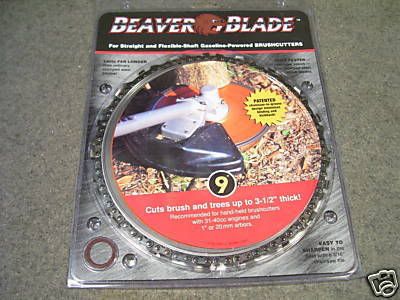I have searched and even called DR technical support to find out the thickness of the double blade with chainsaw "Beaver Blade" -
at the shaft/arbor- not the kerf/cut thickness
the reason being that some of the brushcutter shafts are barely long enough to handle even a single blade.
About to order a beaver blade to help with clearing four acres for an orchard planting . . .
Am I going to have to change or mod the left hand threaded flange nut or the washer to fit this on the brushcutter shaft ?
Anyone that has a beaver blade able to give me an idea of the thickness at the shaft/arbor ? . . . 1/8" ? or more ?
Thanks in advance.
at the shaft/arbor- not the kerf/cut thickness
the reason being that some of the brushcutter shafts are barely long enough to handle even a single blade.
About to order a beaver blade to help with clearing four acres for an orchard planting . . .
Am I going to have to change or mod the left hand threaded flange nut or the washer to fit this on the brushcutter shaft ?
Anyone that has a beaver blade able to give me an idea of the thickness at the shaft/arbor ? . . . 1/8" ? or more ?
Thanks in advance.





